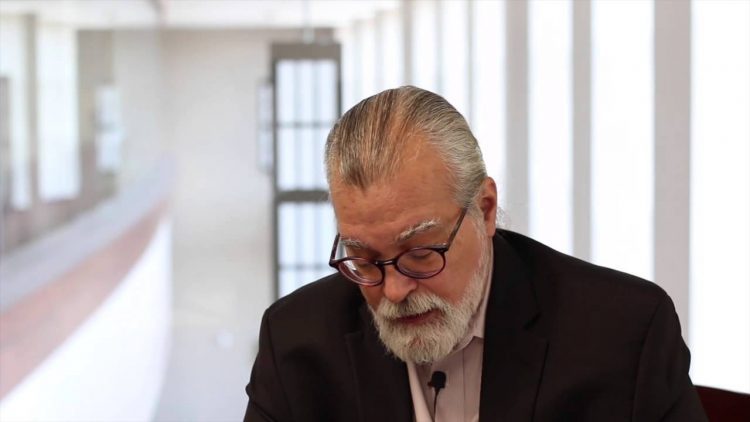The question authors are most often asked is: Where do you get your plots? It’s also one we don’t particularly care for.
Many of us have no idea how we get our ideas. I wrote a novella, The Inn of Souls, based on the spark of an idea I had while watching a DVD about something completely unrelated. My second book, Behind These Red Doors: Stories a Cathedral Could Tell sprang from a single ‘what if’ moment that occurred while I was doing laundry. In both instances, that single inspiration aroused considerable excitement in me—so much excitement that it needed months and many pages to express.
On the other hand, I wrote a novel, The Sydfield Spy, because I saw a need to educate people about PTSD, and thought that a spy story might be a good vehicle for it. I’ve always liked spy stories, and I had had an idea for a book about a spy which I had yet to write. I was able to combine the two interests—spies and PTSD—as a way to address the insensitivity and lack of awareness I find in many people. I often encounter people whose ‘understanding’ of the condition is as fantasized as it is fantastical. This was a way to address the need uncritically. The plot was contrived, although the details were inspired.
Those are the wellsprings that people generally understand.
Sometimes, though, inspiration comes from somewhere that is ill-defined, fragile, and living deeper in the writer’s psyche. Some of the villains in my books are a construction of the real villains I have had in my life—a little bit of this narcissist, a touch of that con artist, with just a pinch of turncoat, etc. It’s true that every author includes elements of personal life and experience, whether or not it is intentional. Writing is often a means of exposing and dealing with personal vulnerability in a controlled way, even when the fictional villain is not an actual villain in the world.
PTSD is sometimes a useful muse. My initial thoughts and memories on waking are often angry or sad. The feelings generated by the First Thought can be helpful in bringing a scene to life, even though it may be painful to do so. Other writers have dealt with mental injury in other ways. Many do not have PTSD but they have areas within—wounded, fragile, vulnerable—from which ideas spring.
In citing these secret sensitivities, I don’t mean to suggest that all authors are irreparably damaged, or that authors more wounded than nonwriters. We all have these dark places—writing is simply how some of us deal with them. Some of us deal with them very well.
In the end, the question ‘where do you get your plots’ is perhaps left unasked. It asks an author to expose bluntly what s/he has been revealing subtly. Does it really matter? Whatever the source, from wherever in the psyche or soul of the writer it came, did you enjoy the book?
Paul TN Chapman
[email protected]
————————————————————————–
If you liked this article, please feel free to share it!
My eBooks and paperbacks are available on Amazon.com: http://amzn.to/1Su1ufx





